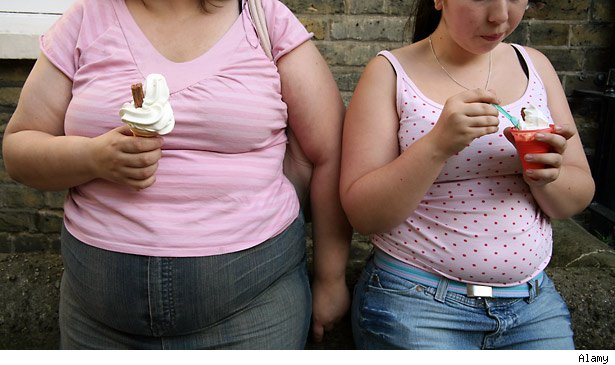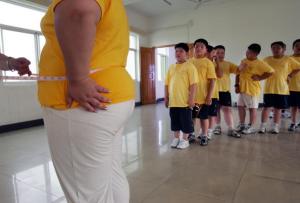
For the past decade China has been fighting an increasingly tough battle against obesity but a report has suggested that perhaps the most effective ways of fighting the flab have been known to the nation all along.
A Hong Kong Hospital Authority-commissioned study out this spring has apparently found that traditional Chinese medicine and medicinal therapies are not only as effective in treating obesity as their Western equivalents, in some cases they even have few side effects.
The World Health Organization claims that obesity affects almost six percent of Chinese, while a report from Johns Hopkins University earlier this year claimed that 20 percent of China’s children were overweight.
As part of the Hong Kong study, the city’s Chinese University poured through around 100 previous studies on Chinese weight-loss treatments that were designed not to help people who simply wanted to become slimmer, but for those who wanted to reduce the health risks, such as the onset of diabetes, which are associated with obesity.
According to the report, the studies — written in both Chinese and English and undertaken in a number of countries including China — found that the herbs most commonly and successfully used in such treatments included “huang quin” (Baical skullcap root) and “shanzha” (hawthorn fruit).
The most successful acupressure points used were those in the ear aimed at the spleen and the stomach, and the points in the leg known as “Sanyinjiao” (near the ankle) and “Zusanli” (just below the knee).
Research shows Chinese methods work in fighting obesity – NY Daily News.









